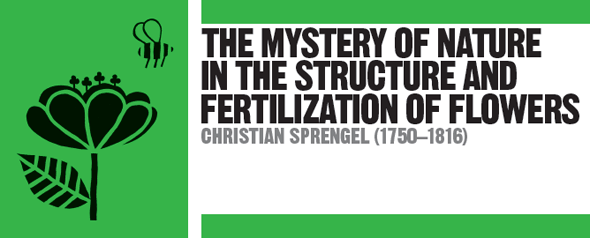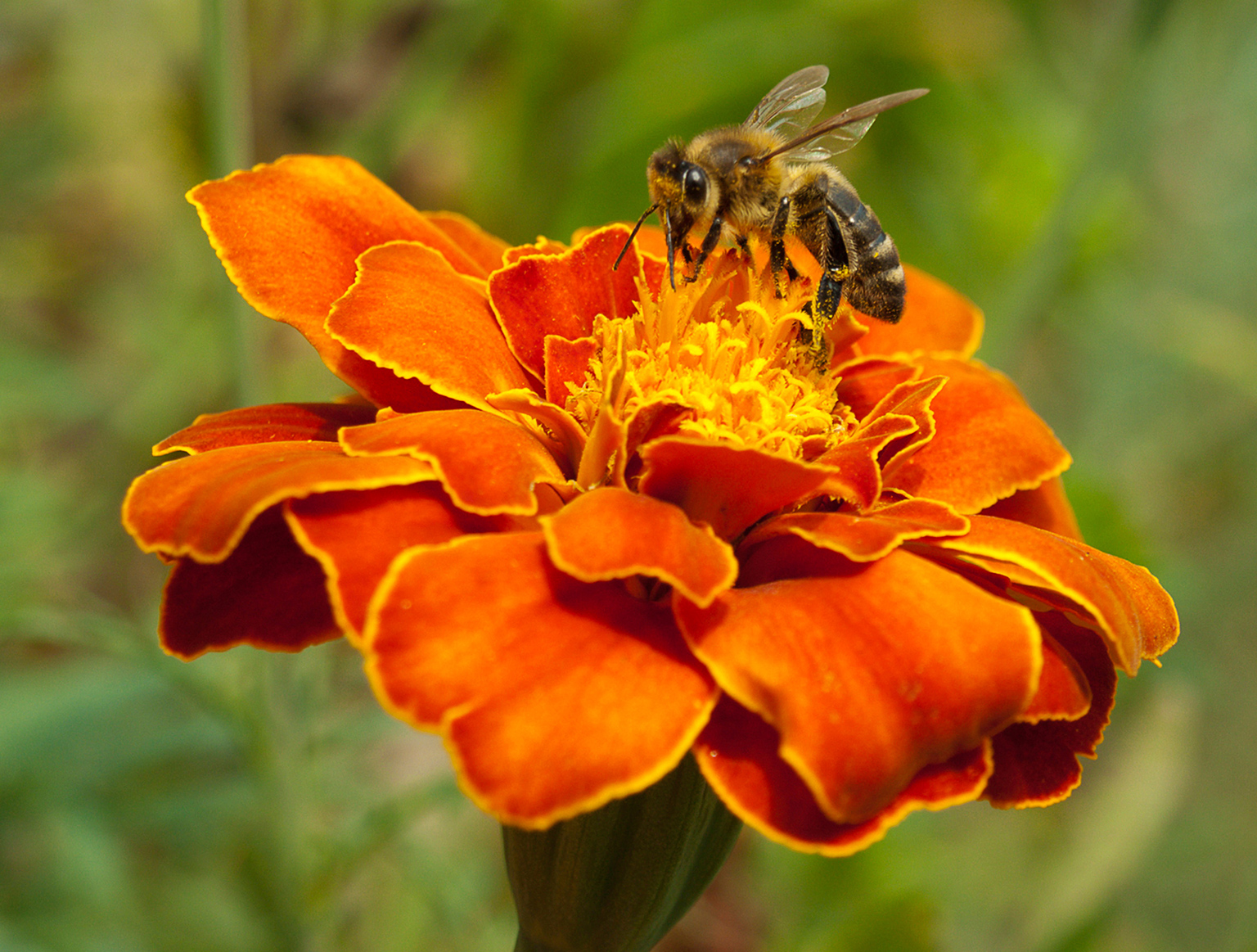
IN CONTEXT
Biology
1694 German botanist Rudolph Camerarius shows that flowers carry a plant’s reproductive parts.
1753 Carl Linnaeus publishes Species Plantarum, devising a classification system guided by flower structure.
1760s Josef Gottlieb Kölreuter, a German botanist, proves that pollen grains are needed to fertilize a flower.
1831 Scottish botanist Robert Brown describes how pollen grains germinate on a flower’s stigma (female part).
1862 Charles Darwin publishes Fertilisation of Orchids, a detailed study of the relationship between flowers and pollinating insects.
In the mid-18th century, Swedish botanist Carl Linnaeus realized that flower parts parallel the reproductive organs of animals. Forty years later, a German botanist called Christian Sprengel worked out how insects played a major role in the pollination, and so fertilization, of flowering plants.
Mutual benefit
In the summer of 1787, Sprengel noticed insects visiting open flowers to feed on the nectar inside. He began to wonder whether the nectar was being “advertised” by the petals’ special colour and pattern, and deduced that the insects were being enticed onto the flowers so that pollen from the stamen (male part) of one flower stuck to the insect and was carried to the pistil (female part) of another flower. The insect’s reward was a drink of energy-rich nectar.
Sprengel discovered that some flowering plants, if they lack colour and scent, rely on wind to disperse their pollen. He also observed that many flowers contain both male and female parts, and that in these, the parts mature at different times, preventing self-fertilization.
Published in 1793, Sprengel’s work was largely under-appreciated during his lifetime. However, it was finally given due credit when Charles Darwin used it as a springboard for his own studies on the co-evolution of flowering plants and the particular species of insects that pollinate them and ensure cross-fertilization – to their mutual benefit.

A honeybee lands on the sexual parts displayed at the centre of these brightly coloured petals. Honeybees account for 80 per cent of all insect pollination and pollinate a third of all food crops.
See also: Carl Linnaeus • Charles Darwin • Gregor Mendel • Thomas Hunt Morgan